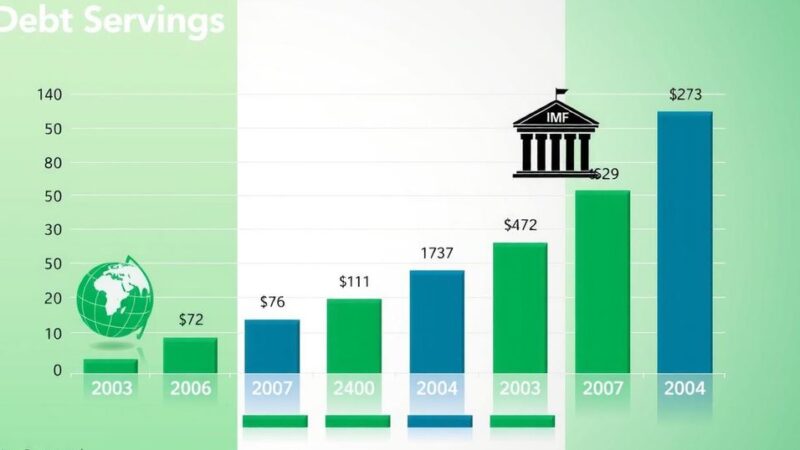The Reserve Bank of Zimbabwe is confident in the gold-backed ZiG currency as a strong alternative to the US dollar. Governor John Mushayavanhu discussed the policies ensuring its stability and long-term goals of de-dollarization by 2030. The bank is allowing businesses to set their own rates and has encouraged fuel traders to accept ZiG. Deputy Governor Innocent Matshe suggested a realistic exchange rate of US$1/ZiG22.
The Reserve Bank of Zimbabwe (RBZ) has expressed strong confidence in the gold-backed Zimbabwe Gold (ZiG) currency as a robust alternative to the United States dollar within the local economy. During an address at the Tourism Business Council of Zimbabwe (TBCZ) indaba, RBZ Governor John Mushayavanhu advocated for the ZiG, attributing its stability to the bank’s recently implemented monetary policies.
Governor Mushayavanhu stated, “The ZiG to USD rate is firming up,” highlighting the importance of fostering confidence in the local currency as a primary objective of the bank. The ZiG was unveiled in April 2023 to combat ongoing exchange rate fluctuations and inflation issues in Zimbabwe. To stabilize the currency, the RBZ has instituted strict monetary policies, including elevated interest rates aiming to mitigate speculative borrowing.
The long-term vision set forth by Mushayavanhu includes complete de-dollarization of the economy and reinstating a mono-currency system by 2030. He cautioned that the reliance on the US dollar, while currently prevalent, is unsustainable due to its detrimental effects on local industry competitiveness and the limited capacity of the RBZ to manage monetary policies effectively.
In an effort to increase the ZiG’s acceptance in the marketplace, the RBZ has permitted businesses to determine their own exchange rates, departing from strict adherence to the official rate. Furthermore, the Financial Intelligence Unit (FIU) will not penalize businesses utilizing independent exchange rates, provided they maintain reasonable pricing margins.
Mushayavanhu also shared insights on interactions with fuel traders seeking to sell fuel in ZiG as a means to support local operations. He conveyed optimism that more traders would gradually accept ZiG for fuel purchases, stating, “We do not want to go back to long queues and fuel shortages,” reinforcing the commitment to economic stability.
RBZ Deputy Governor Innocent Matshe has indicated that a realistic exchange rate based on economic fundamentals should approximate US$1/ZiG22, a figure anticipated to be accepted over time by the market. As Zimbabwe progresses through this currency transition, the RBZ remains dedicated to ensuring the ZiG’s robustness while striving for reduced dependence on the US dollar.
In conclusion, the Reserve Bank of Zimbabwe remains steadfast in bolstering the gold-backed ZiG currency as a credible substitute for the US dollar. The implementation of strict monetary policies aims to stabilize the economy and reduce inflation. The commitment towards achieving a mono-currency system emphasizes the bank’s intentions to minimize reliance on the US dollar, ultimately fostering economic resilience and stability in Zimbabwe.
Original Source: bulawayo24.com






